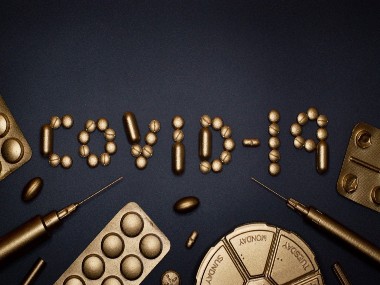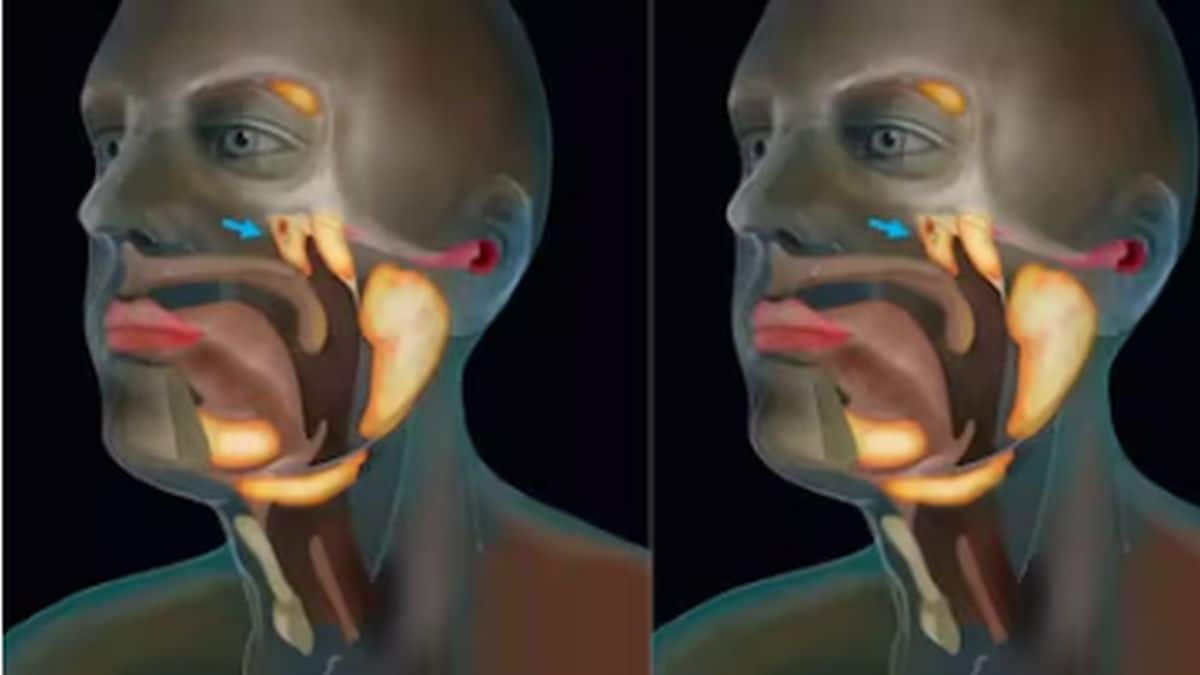The number of cases of COVID-19 has been rapidly increasing across the globe; as of 11th April, more than 1.7 million people have been diagnosed with COVID-19. In India, around 7,600 people have tested positive for the novel coronavirus (official name: SARS-CoV-2) so far. Naturally, as the number of cases is increasing, the need for testing kits is rising as well. [caption id=“attachment_8167961” align=“alignleft” width=“380”]  Representational image. Image by Miguel Á. Padriñán from Pixabay.[/caption] To cope with the shortage of testing kits in India, the Indian Council of Medical Research (ICMR) has authorised the use of a testing Tuberculosis device, Truenat beta CoV at the Truelab workstation, for detecting COVID-19 infection in people. They added that the nasal and oral swabs would be collected in a viral transport medium (a liquid that helps preserve the virus) which would have a virus lysis buffer (a solution that neutralises some viruses) along with the testing kit. In previous research, it was seen that the virus lysis buffer was able to neutralize various viruses such as Nipah and H1N1 viruses. The scientists of ICMR National Institute of Virology, Pune are testing to see if the viral lysis buffer could neutralize the RNA of SARS-CoV-2. The results of the testing are still awaited but meanwhile, Truenat beta CoV test would be performed with all the biosafety measures in Biosafety Level-2 (BSL-2) or Biosafety Level-3 (BSL-3) setups at the assigned laboratories.
What is ‘Truenat’?
Truenat was developed by the Indian firm MolBio Diagnostics Pvt Ltd Goa for the detection of TB bacteria. It was not only used for rapid detection of TB bacteria but also helped in detecting the bacteria which was resistant to rifampicin (an antibiotic used to treat TB), which is also known as drug-resistant TB bacteria.
How would ‘Truenat’ detect COVID-19 virus?
The Truenat test detects the TB bacteria with the help of polymerase chain reaction (PCR) technique. When the test is done for TB, sputum samples are taken from the patient. The device finds the DNA which is specific to the TB bacteria. After detection, with the help of PCR, small segments of DNA are replicated and then sent to different labs for further analysis. This process takes around 25-35 minutes. However, in the case of drug-resistant TB bacteria with any resistance to rifampicin, the detection is done by doing a second RT-PCR (Reverse transcription-polymerase chain reaction). RTPCR takes 1 hour to completely detect the viral DNA. For more information, read our article on TB and COVID-19_._ Health articles in Firstpost are written by myUpchar.com, India’s first and biggest resource for verified medical information. At myUpchar, researchers and journalists work with doctors to bring you information on all things health.


)

)
)
)
)
)
)
)
)



